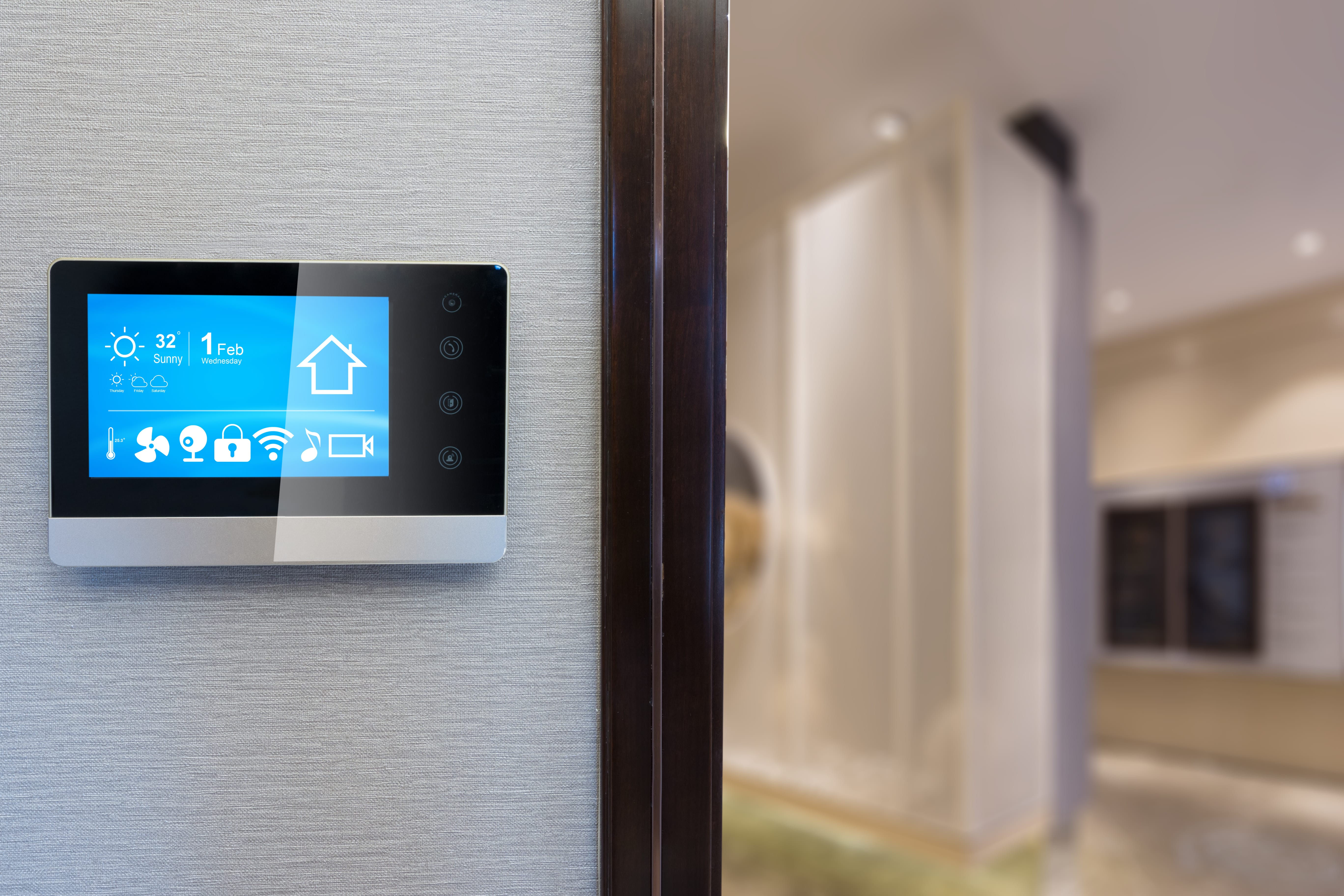When making a to-do list of items to check and improve in your home, make ventilation a top priority. Not only can energy-efficient ventilation reduce the strain on electricity plans, but it can also affect indoor air quality and have a major impact on issues like asthma, allergies, and illness.
Gexa’s guide to energy-efficient ventilation explores the different types of home ventilation and offers our top home ventilation tips to make your system more energy-efficient.
{{CTA-thermostat-right-plan}}
Types of Ventilators
There are two main types of ventilation: natural and mechanical. In general, most homes use elements of both types, as well as spot ventilation, which focuses on ventilating a specific area instead of the whole home.
Let’s look at the different types of ventilation and how you may use them to create effective ventilation systems in your home.
Natural Ventilation
As its name suggests, natural ventilation refers to the natural movement of air through small holes and cracks. In the past, this type of ventilation was sufficient for most homes, but today, we seal these cracks to maintain indoor air quality.
Natural ventilation can be beneficial to some extent, but because it is uncontrollable, it’s not an effective way to ventilate an entire home. Factors such as airtightness, outdoor temperatures, and wind can impact natural ventilation, and this method is generally insufficient in removing pollution and improving air quality.
You can take advantage of natural ventilation during warmer months by opening doors and windows to encourage airflow and create a more energy-efficient home. However, most people keep their homes closed because they use their heating and cooling systems all year.
Mechanical Ventilation
The most energy-efficient ventilation type is mechanical, which can be further broken into four types:
- Exhaust ventilation involves using a large fan to push out heat and let in fresh air.
- Supply ventilation features a system of ductwork and fans that filter air and bring it inside.
- Balanced ventilation combines exhaust and supply systems for a more efficient method.
- Energy recovery ventilation is the most energy-efficient option, which tempers the outside air as it enters. An energy recovery ventilator can ensure your home stays well-ventilated without consuming excess energy.
To find the best solution for your home, you may need to combine several mechanical ventilation systems or invest in ventilation windows for heating and cooling.
Spot Ventilation
If you have a problem area in your home where ventilation is needed, you can use spot ventilation to remove pollution and moisture. Exhaust fans, like those in kitchens and bathrooms, are good examples of spot ventilation, eliminating moisture in a specific space.
Tips to Make Home Ventilation More Energy-Efficient
Combining natural, mechanical, and spot ventilation can result in an effective and energy-efficient ventilation system that improves your home’s air quality and comfort. Below are Gexa’s top tips to improve your home ventilation system, reduce your energy consumption, and help you save on your energy bill.
1. Change Air Filters
In Texas, allergy season is almost year-round, and dust and pollen are always present. For this reason, air filters play an important role in how well-ventilated and comfortable a home can be. Installing and frequently changing your air filter keeps the filter working properly, fighting air quality issues and limiting energy waste. The more dirt in a filter, the harder it must work to be effective, so keep your filter clean.
2. Avoid Heat Buildup
The best way to reduce the need for added ventilation in your house is to prevent heat buildup. In the hot summer months, avoid using heat-releasing appliances like your oven and stove and opt for grilling outside. You can also shut blinds and curtains during peak sunlight hours to prevent heat from entering your home and save energy this summer.
3. Keep Warm Air In
During cool season in Texas, keep in mind how you can keep your home warm without raising your thermostat. Avoid opening windows or doors, as this allows warm air to escape and brings down the temperature of your home. Invest in window treatments that can help insulate and keep warm air where you want it to stay.
4. Check Air Vents
Stoves, dryers, and oven vents are often overlooked when improving home ventilation efficiency. These vents may collect grease and should be cleaned regularly. Clean your air vents at least once a year to help create a more energy-efficient ventilation system.
5. Use Exhaust Fans
Both kitchens and bathrooms have exhaust fans that work to ventilate the air, removing moisture from the room. However, many homeowners fail to use these built-in ventilation systems, even though it only takes the flip of a switch. After a hot shower or while cooking a big meal, flip on the exhaust fan to increase the efficiency of your home’s ventilation system.
6. Check for & Seal Air Leaks
Inspect door and window seals for any air leaks leaving and entering your home. During cooler months it’s easier to identify the source of warm air escaping from the inside and cooler air blowing in, allowing you to find and seal leaks to prevent further air from escaping.
7. Upgrade Your Ventilation System
If you want to make your home ventilation system as efficient as possible, you may consider replacing the system entirely. An energy recovery ventilator is designed to limit energy losses, working with your heating system to keep your home warm. This type of ventilation system is the best choice for energy efficiency, ensuring your home stays well-ventilated without unnecessary energy use.
Learn more about Gexa Energy and their 100% renewable plans from environmentally friendly renewable sources and how to save money with solar power.






































